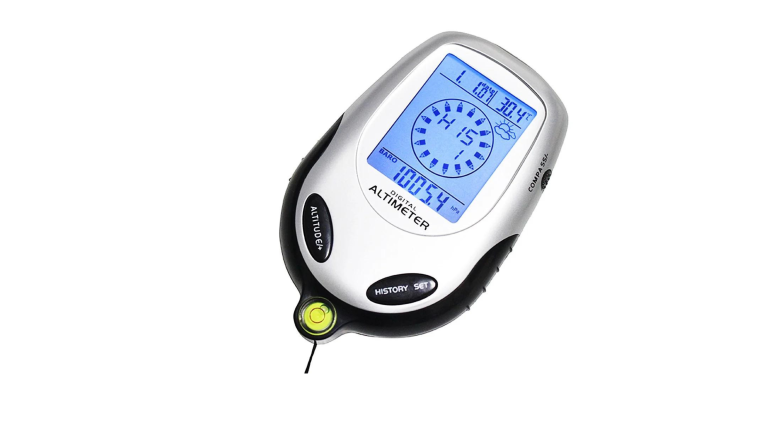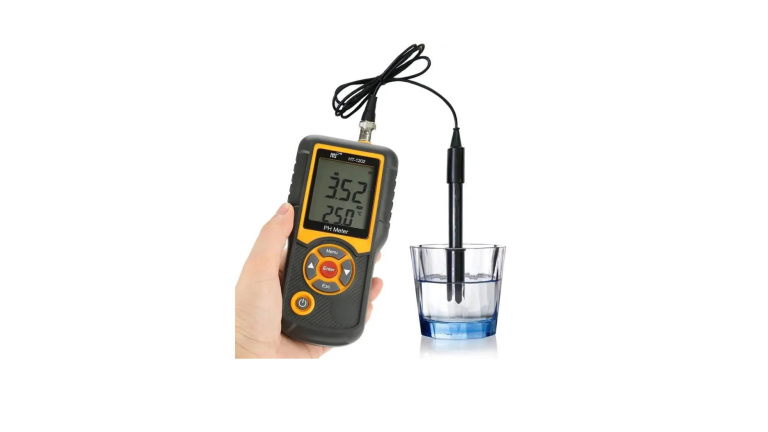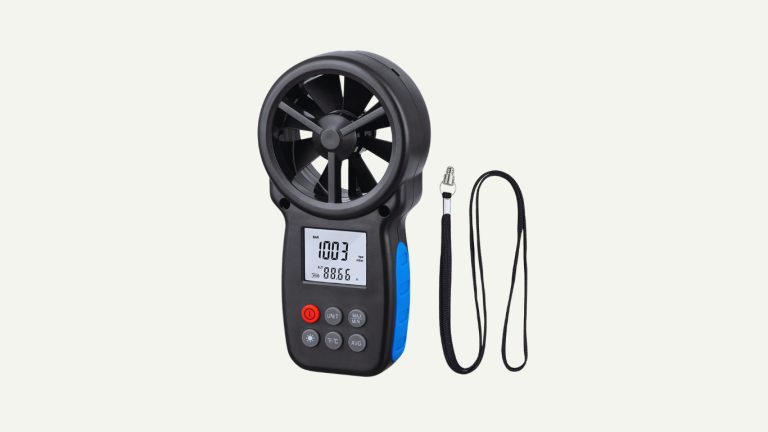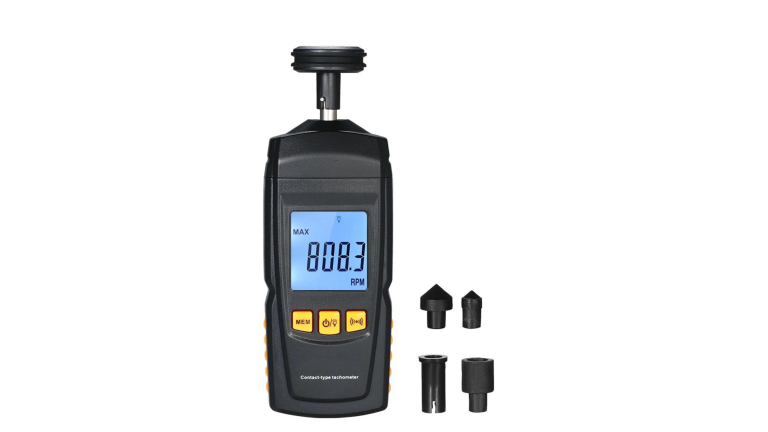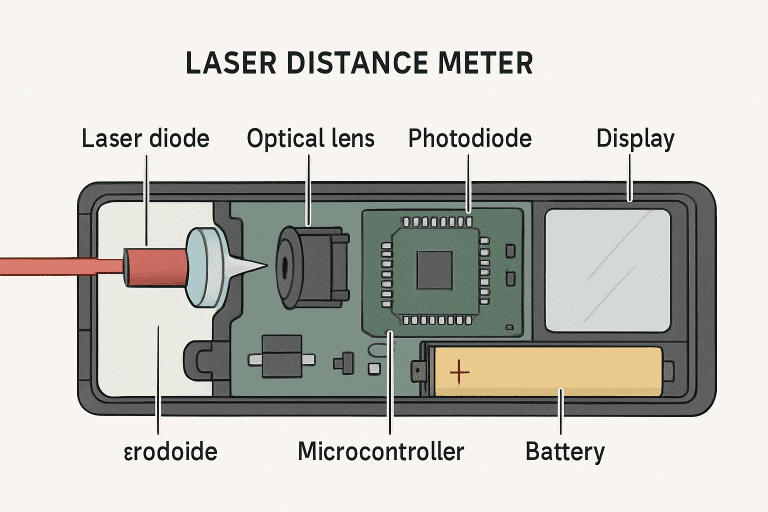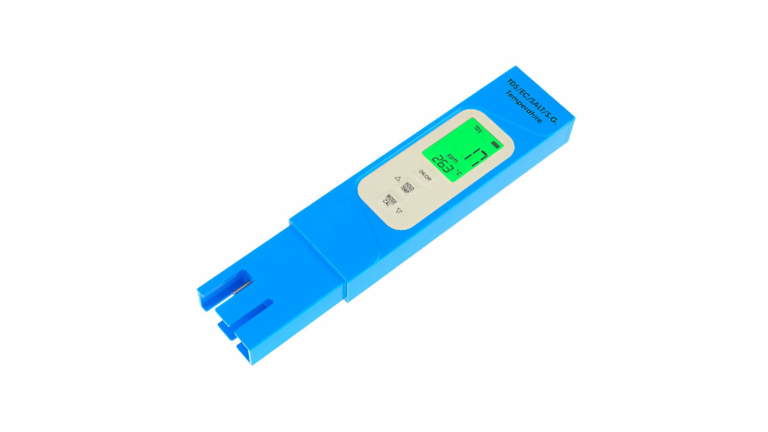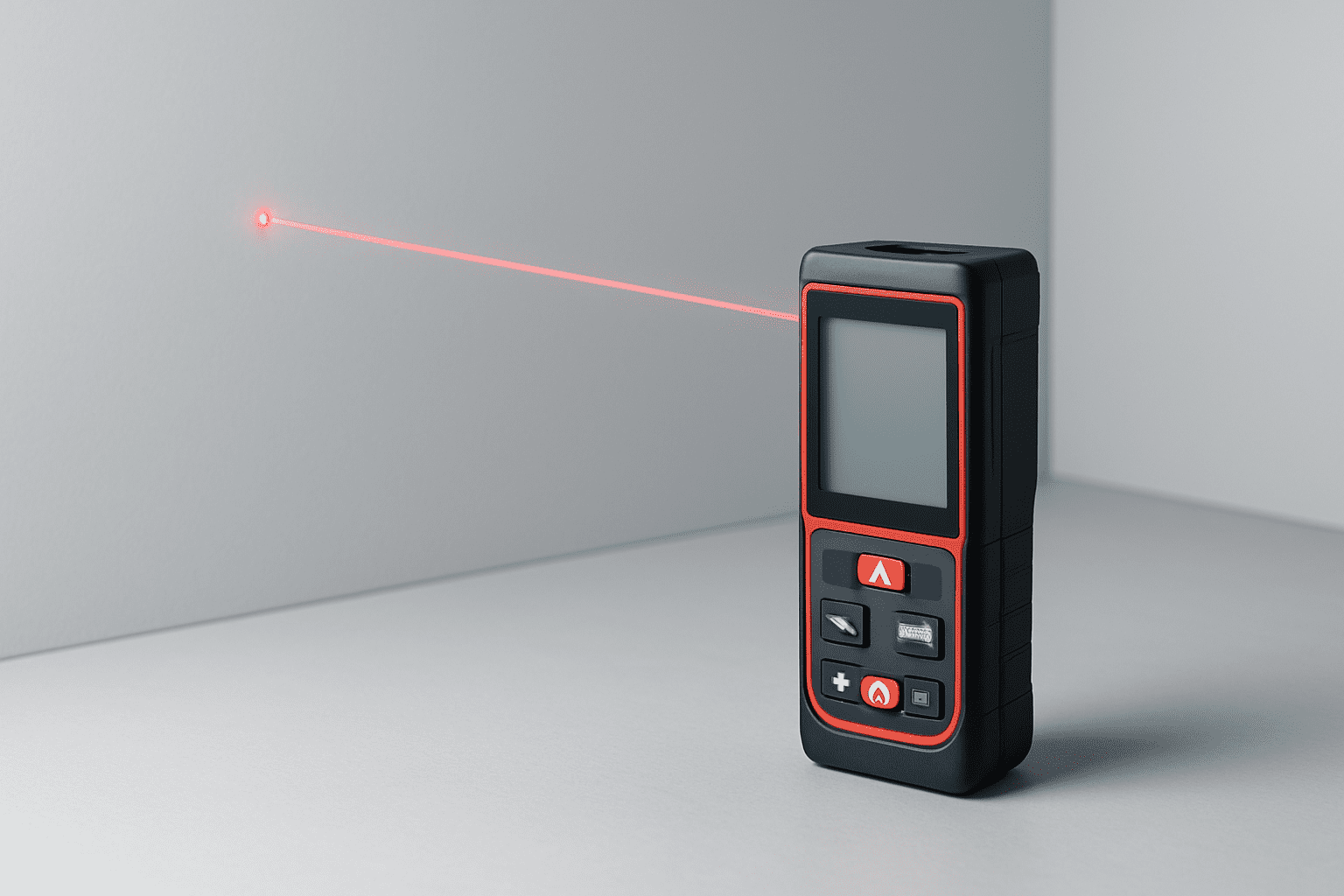
I picked up my first laser tool years ago. It felt like magic. I aimed a red dot at my wall. I pressed a button. The exact distance showed up. No tape needed. No squinting.
A laser meter sends out a light beam. The light hits a surface. It bounces back. The device times how long this takes. It uses light speed to find the distance. It’s fast and right on target.
Are you a student making maps? A drone pilot checking height? Or do you hate using tape? A laser meter makes measuring easy.
What Is a Laser Distance Meter?
A laser distance meter is a handheld device that measures how far away an object is using a laser beam. It combines a laser emitter, a receiver, and a small computer to give you quick and precise distance readings. Unlike tape measures, it requires no pulling or lining up—just point, press, and read.
Main Parts of a Laser Distance Meter
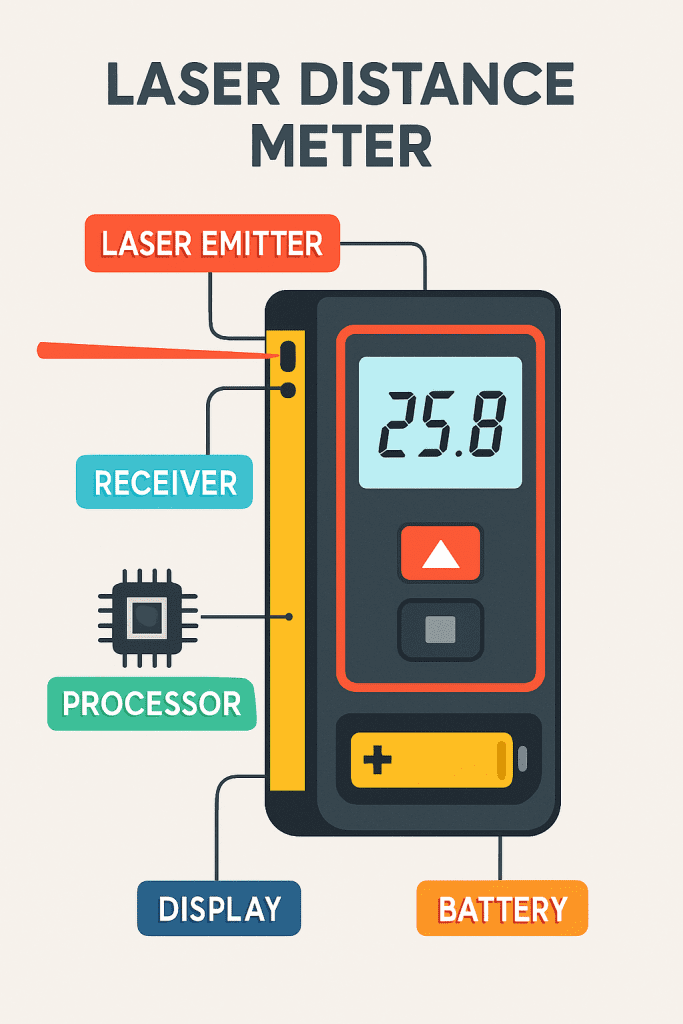
Key Parts Inside Every Laser Distance Meter
When I look inside my laser meter, I see a tiny lab. Each part has a job:
Each part must work well. A weak light means short range. A slow brain chip makes you wait. Know these parts to pick the right meter.
How Does a Laser Distance Meter Work?
A laser distance meter works by sending out a brief pulse of laser light toward a target. That pulse travels to the surface, bounces back, and returns to the device. Inside, a small processor chip times how long the round trip takes. By using the speed of light, the meter converts that time into a distance measurement within milliseconds. This method ensures fast, accurate results with minimal effort.
How to Use a Laser Distance Meter Step by Step
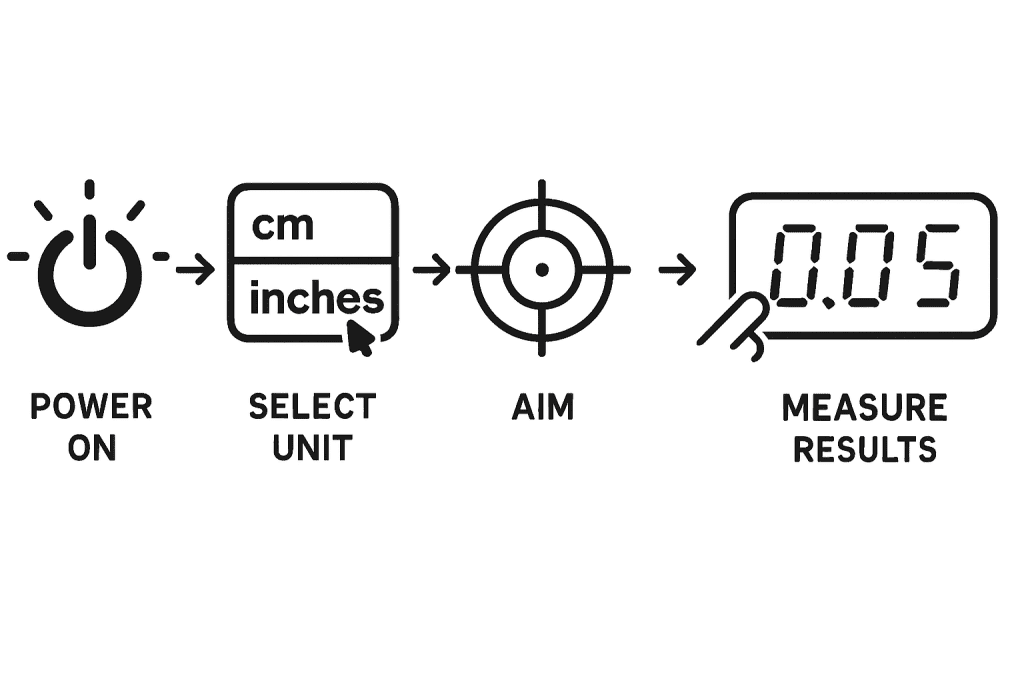
Simple Steps to Get Your Measurement
- Turn It On
Press the power button. Wait one second. - Pick Your Unit
Tap the unit button. Choose feet, meters, or inches. - Aim at Your Target
Point the red dot where you want to measure. Keep your hand still. - Press Measure
Hit the big button. The meter sends light and times its trip back. - Read the Screen
The exact distance shows up. Write it down or use hold to freeze it. - Do It Again
Move to a new spot. Measure again. Most meters save your last few numbers. - Turn Off
Hold the power button to save battery. Most turn off by themselves.
Using a laser meter is fast. A few taps give you exact numbers. No more tape errors.
Getting Good Results
Even the best laser meter can mess up if not set right. Shiny metal can scatter the light. Dark stuff may weaken the signal. Bright sun can also cause trouble.
To get sharp readings:
Follow these steps to stay within the meter’s accuracy. Most are right within 1/16 inch. That small margin helps on tight builds.
How Different Tools Compare
|
Method
|
Speed
|
Accuracy
|
Easy to Use |
|---|---|---|---|
|
Laser Meter |
Right away |
±1.5 mm |
Point and press |
|
Tape Measure |
Slow pulling |
±5–10 mm |
Line up and read |
|
Sound Meter |
Quick beep |
±3–15 mm |
Aim and wait |
Laser meters win on speed and being right on target. This is true over long distances. Tape measures still work best in tight corners. Sound tools work well inside but fail in bright light.
Real Jobs That Use Laser Meters
Cost Guide and What to Buy
|
Level
|
Price
|
How Far
|
How Right |
|---|---|---|---|
|
Basic |
$20–$50 |
Up to 100 ft |
±1/4 in |
|
Middle |
$50–$150 |
Up to 300 ft |
±1/16 in |
|
Pro |
$150–$400 |
300+ ft |
±1/32 in |
Basic meters work for simple home jobs. Middle models give more range and memory. Pro units add extras like phone linking and more ways to measure.
Picking the Right Meter
Time It Takes to Measure
Using a laser meter speeds up any job. Here’s rough timing:
These times cover turning on, aiming, measuring, and writing down numbers. For big jobs, plan extra time for moving data or mapping software.
Other Tools You Can Use
If a laser meter isn’t right for you, try these:
Pick the right tool based on your job size, money, and need for speed vs being right.
Pro Tips and Things Not to Do
Common Questions
How far can a laser meter measure?
Most home models reach about 300 feet. Pro units can go over 500 feet when conditions are good.
How right are laser meters?
They’re usually accurate within ±1/32 inch to ±1/8 inch. This depends on price and tech.
Can laser meters measure through glass?
No. The laser bounces off the glass surface. This adds error. Always aim at the real target.
How do I take care of my laser meter?
Keep lenses clean. Check against known distances. Replace batteries when low. This keeps top performance.
Are laser meters safe?
Yes. They use low-power laser lights like store scanners. Don’t look directly at the beam.
Can they measure angles or area?
Many models have tilt sensors for height measurements. They also have built-in area and volume math modes.
Do phones with light mapping replace laser meters?
They work well for room scans. But they lack the range and exactness of real laser meters.

